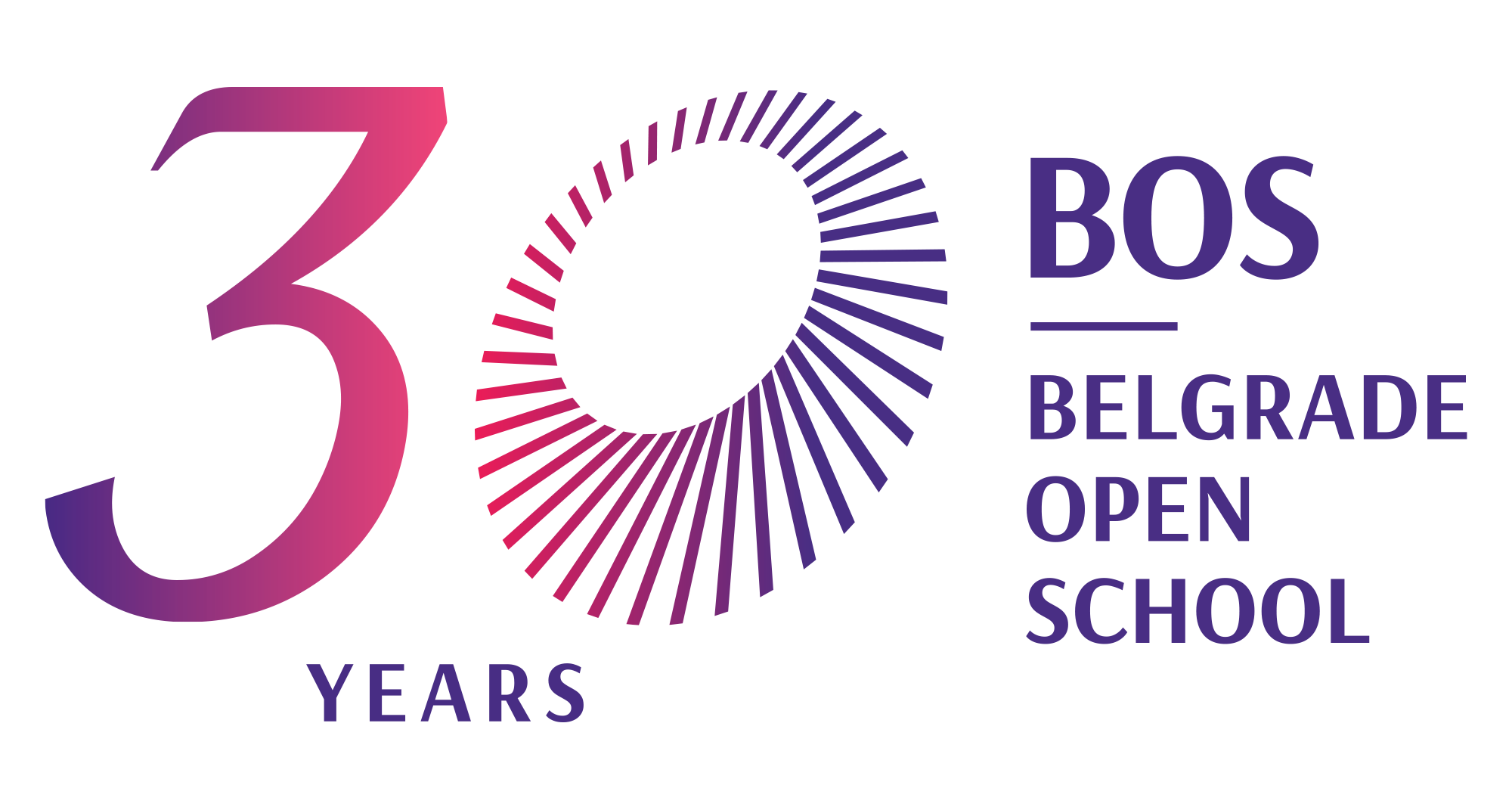The energy crisis and the heating season draw out the important questions on issues that require continuous, not seasonal, attention of citizens - the danger of fossil fuels and, in connection with that, finding renewable and long-term solutions. The imperative to abandon fossil fuels primarily lies in the fact that they pollute the environment, cause climate change and have limited supplies, so the issue of availability of these energy sources and dependence on energy imports from other countries has become a significant complicating factor for energy systems throughout Europe. Renewable energy sources provide a two-fold answer to these challenges. On the one hand, it is clean energy, the production of which does not pollute the environment and which is not limited in supplies. In addition, renewable energy is locally available, so renewable sources enable energy independence from energy imports. The more potential for energy production from renewable sources we use locally, the less we will rely on imports. Exploiting the potential of renewable energy sources in Serbia, primarily the Sun, carries the potential for decentralization of the energy sector, as well as its democratization - putting the community and individuals first, as not only consumers, but also producers of energy, who can use it for their needs, but also participate in the market.
Who are the buyers-producers?
The share of renewable sources in the energy mix of the Republic of Serbia is slightly above 20 percent and the largest part comes from large hydropower plants and biomass. Other types of energy production from renewable sources are not represented often, while the potential, especially for solar energy, is large and unused. With the adoption of the Law on the Use of Renewable Energy Sources new opportunities were created to increase the share of renewable energy in the energy mix. In the aforementioned law, the concept of buyer-producer (so-called prosumer) was recognized for the first time. Shortly after the adoption of the Law, the Regulation was also adopted, which determined in more detail the prerequisites for interested citizens to start independently producing electricity from renewable sources, that is, to register as customer producers.
However, the first electricity bills showed the shortcomings of this newly established system, because taxation is not carried out in the manner established by the decree, but the calculation system relies on the opinion given by the Ministry of Finance. The regulation established that only the amount of energy used by consumers, i.e. the difference between the electricity they produce and the electricity they take from the grid, will be taxed, while in reality all the energy that consumers take from the grid is taxed. Although the Ministry of Mining and Energy recently proposed changes to the Regulation, which should facilitate the process of registering prosumers and connecting to the network, the key problem, that is, the problem of taxation of energy produced and used by consumer-producers, still remains unresolved.
Combined production of energy from renewable sources
In addition to individual production of energy from renewable sources, citizens can collectively, as individuals or households, invest in power plants that produce energy from renewable sources. Today, in Serbia, it is possible to produce energy in this way through the establishment of energy cooperatives. The operation of cooperatives is defined by the Law on Cooperatives, but the operation of energy cooperatives itself is not defined by this law, but falls under other responsibilities.
Joint organization for the purpose of energy production is represented throughout Europe, so in Greece alone there are more than 400 active communities of renewable energy sources, while in Germany about 40 percent of energy produced from renewable sources is owned by citizens. In Serbia, we are just at the beginning of this type of activity, and today there are two energy cooperatives in our country - Elektropionir and Suncani krovovi Sabac. Through their activities, these energy cooperatives introduce the local population to the potential that cooperative activities bring, through education, but also through the establishment of small solar power plants, the income of which can remain with the local communities for further development. Although they provide opportunities for the democratization of energy systems and the stimulation of the energy transition process, there is a lack of incentives for this type of action by the state, since incentives are still reserved exclusively for agricultural cooperatives.
In addition to joining cooperatives, the Law on the Use of Renewable Energy recognizes the concept of Communities of Renewable Energy Sources, which represent the potential for joint energy production, in which all interested citizens can participate. The problem is that, although defined by law, this term is insufficiently elaborated, that is, there are no by-laws that determine in more detail the way of operation and the possibilities that the Community of Renewable Energy Sources provides.
Today, solar energy is the fastest growing energy source in the world, as well as the fastest growing sector that opens up new business opportunities. Serbia has a great potential for the production of electricity from the sun, due to the high insolation of the terrain and many sunny days. Also, the development of the legislative framework that deals with the utilization of this potential is a step in the right direction, but the problems that arise during application and the lack of by-laws significantly slow down the process of switching to renewable energy sources. In a situation where harmful energy sources are more and more expensive and less available, removing barriers to decentralization and democratization of the energy sector should be a priority.
Text is written by Tatjana Avramovic and Ognjan Pantic from Belgrade Open School and it is published in magazin Nedeljnik No. 565
Photo source: Freepik.com

